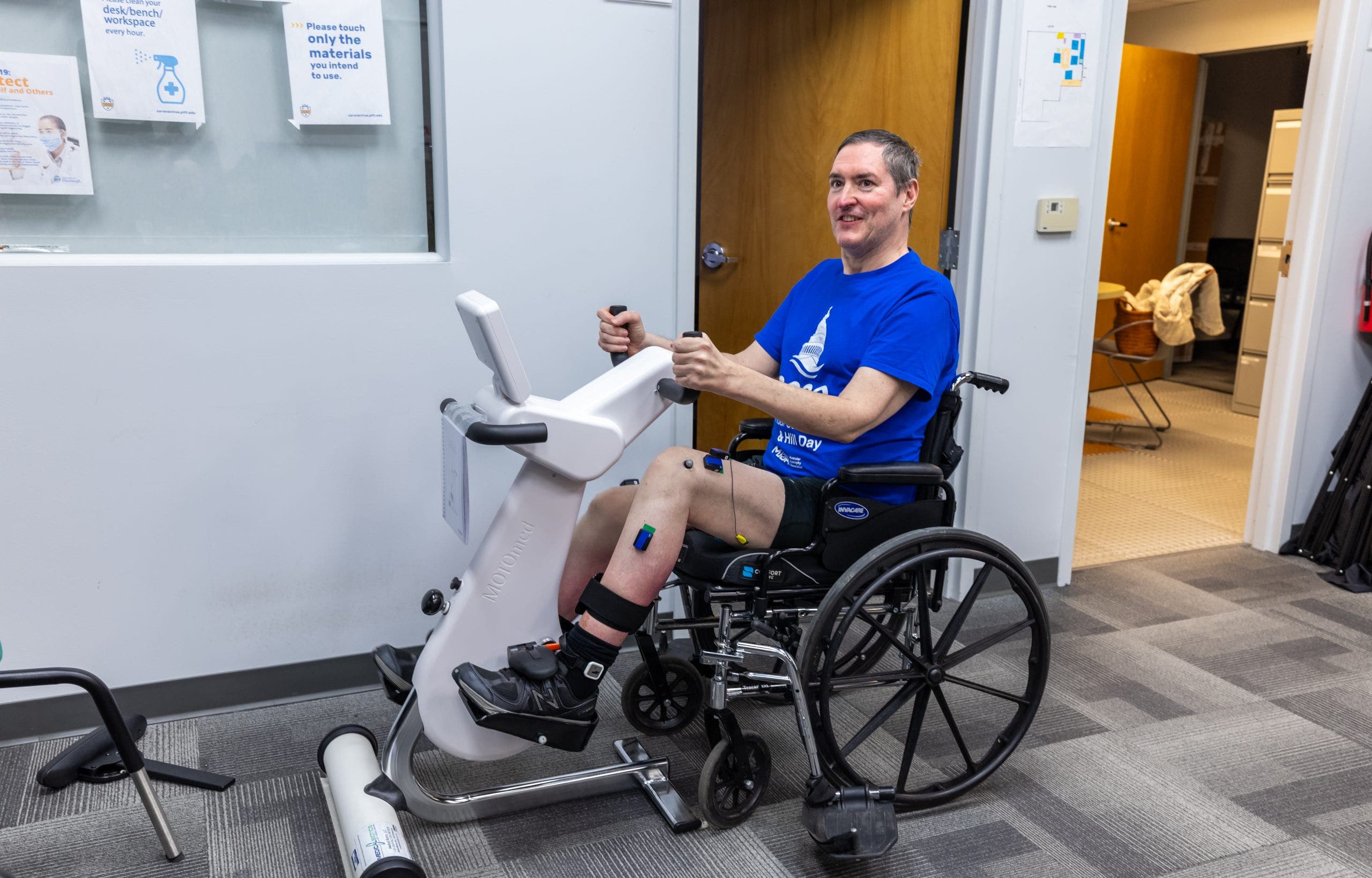Spinal cord stimulation restores movement for people with muscle atrophy

New research has shed light on a potential breakthrough in the treatment of spinal muscle atrophy (SMA), a neuromuscular disease that causes muscle weakness and impacts movement in those affected. The study, conducted at the University of Pittsburgh School of Medicine, suggests that electrical spinal cord stimulation could significantly improve muscle function for patients with SMA, even restoring the capability to walk.
Patients with SMA experience a progressive degeneration of neurons in the spinal cord, leading to muscle weakness and difficulty in walking. The disease is inherited and affects individuals from birth, causing a form of slow paralysis. However, the recent study has shown promising results in restoring motor neuron activity and improving muscle strength in the legs of patients with SMA.
Dr. Peter Konrad, chairman of the Department of Neurosurgery at WVU Rockefeller Neuroscience Institute, explained that the treatment involves stimulating the input to the remaining neurons in order to improve strength and stamina in patients. The study, published in Nature Medicine on Feb. 5, involved three participants with SMA who underwent spinal cord stimulation five times a week for four hours each, over a period of one month.
The results were remarkable, with all three participants experiencing improved motoneuron function, reduced fatigue, increased strength, and improved walking ability. On average, the participants saw a 40% improvement in step length, up to a 180% improvement in strength, and a 26-minute improvement in walking time. This is a significant improvement for individuals with SMA, who often rely on assistive devices to move around with limited stamina.
One of the participants, Doug McCullough, who was experiencing advanced symptoms and had difficulty walking, noted a significant improvement in his gait and walking speed after the treatment. Despite SMA being a progressive disease, the participants in the study showed noticeable improvements in clinical outcomes and activities of daily living.
The study authors, including Marco Capogrosso and Elvira Pirondini, emphasized that the study is a “proof of concept” that offers hope to individuals with genetic disabilities like SMA. They plan to continue their research with other SMA patients in a new clinical trial to further test the safety and efficacy of the treatment.
In the future, the team hopes to apply this therapy to other neurodegenerative diseases, such as ALS or Huntington’s disease. The findings of this study have the potential to revolutionize the treatment of SMA and provide new opportunities for improving the quality of life for individuals affected by this debilitating condition.




